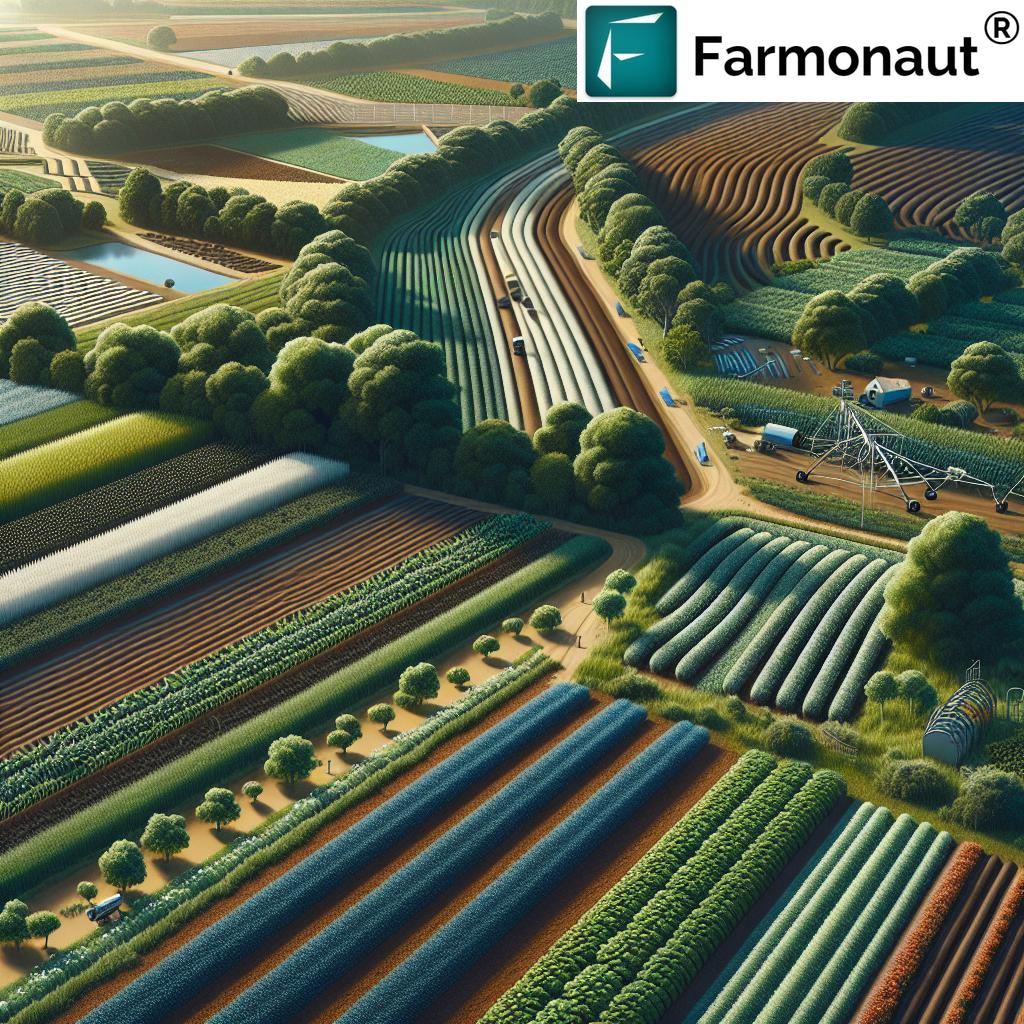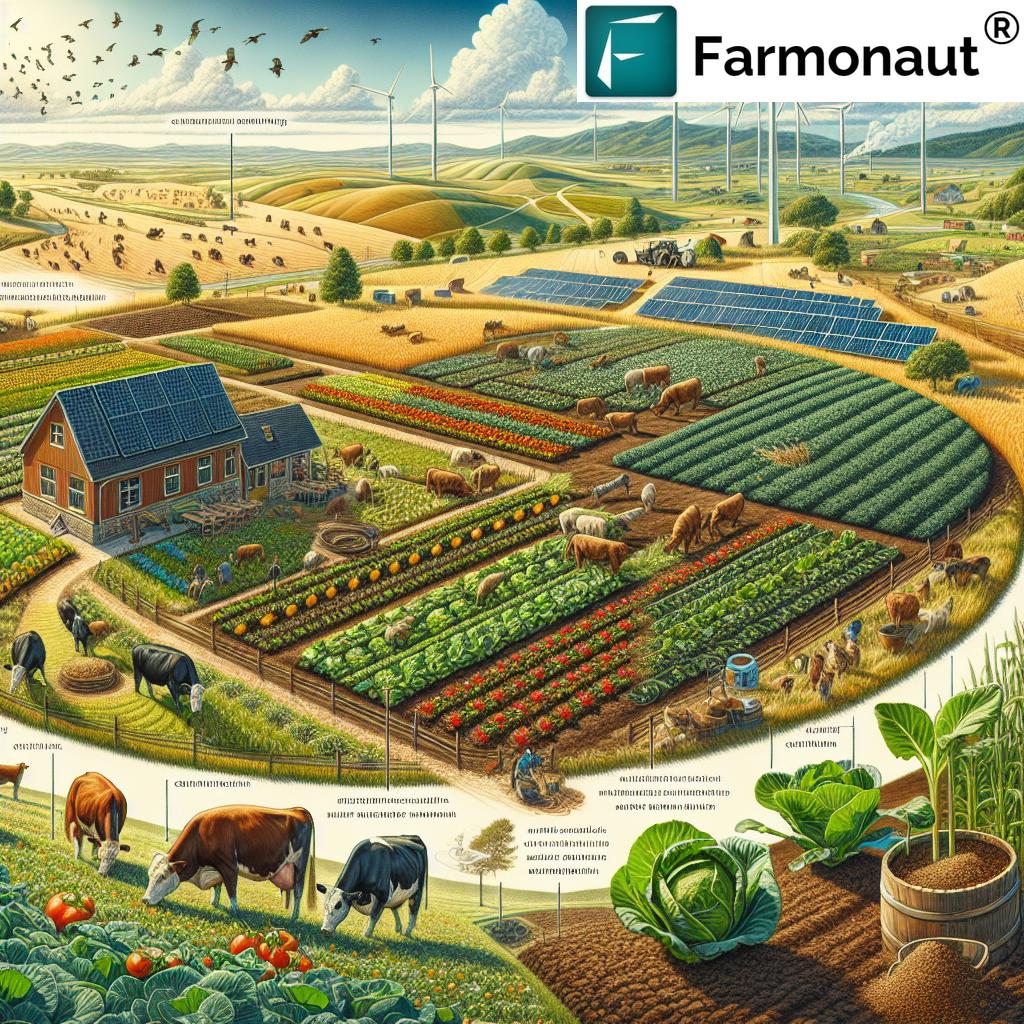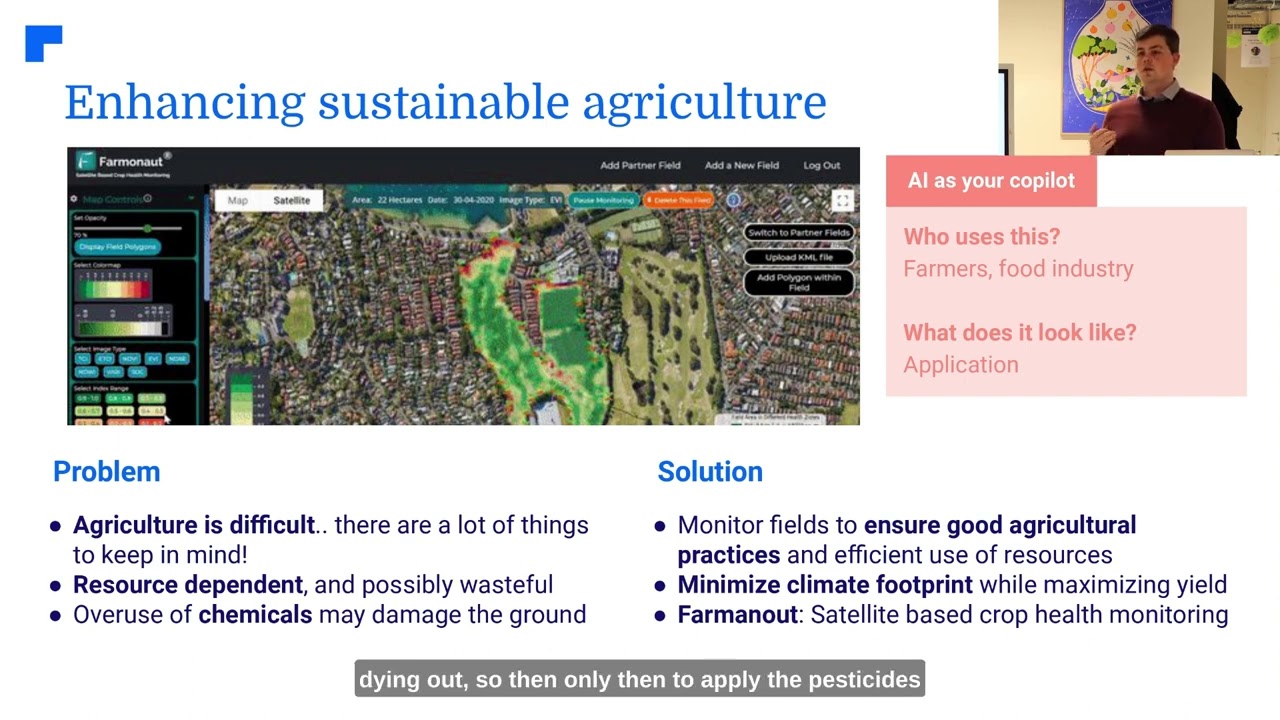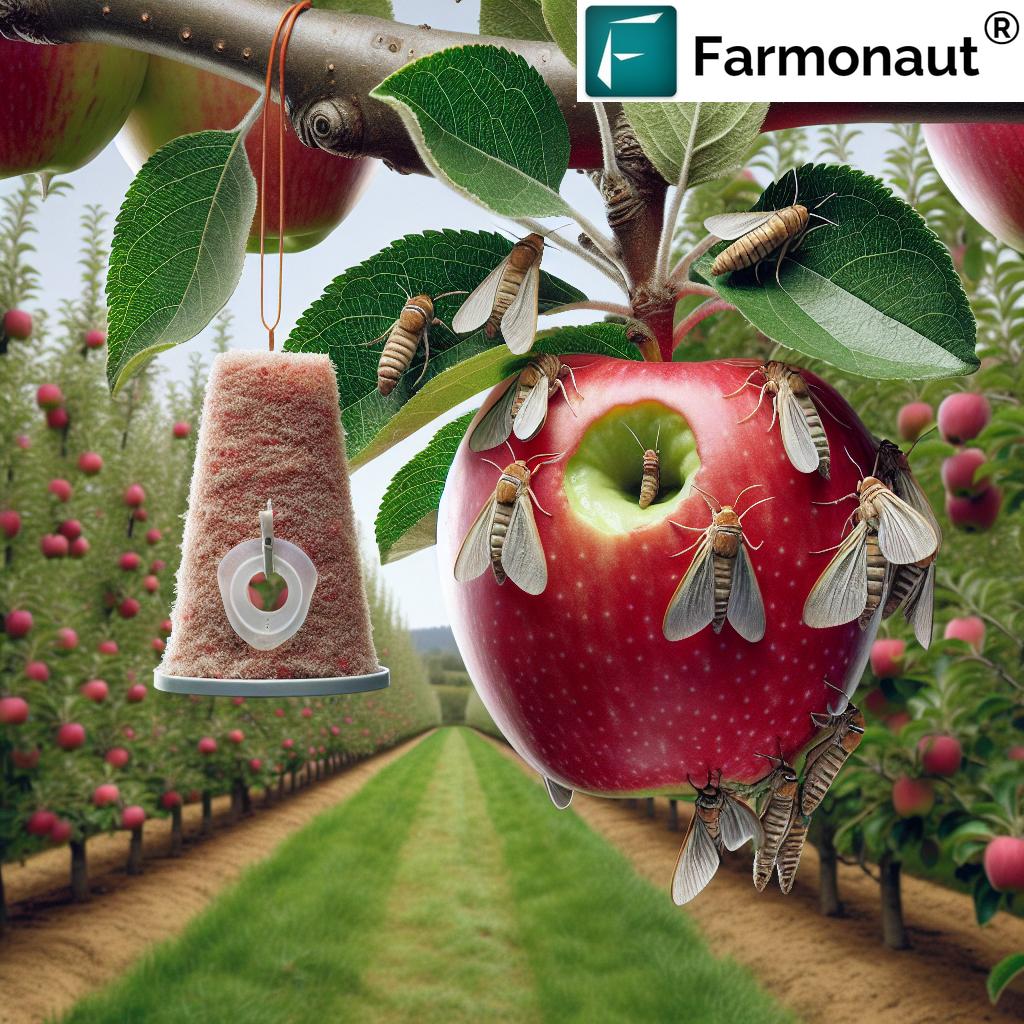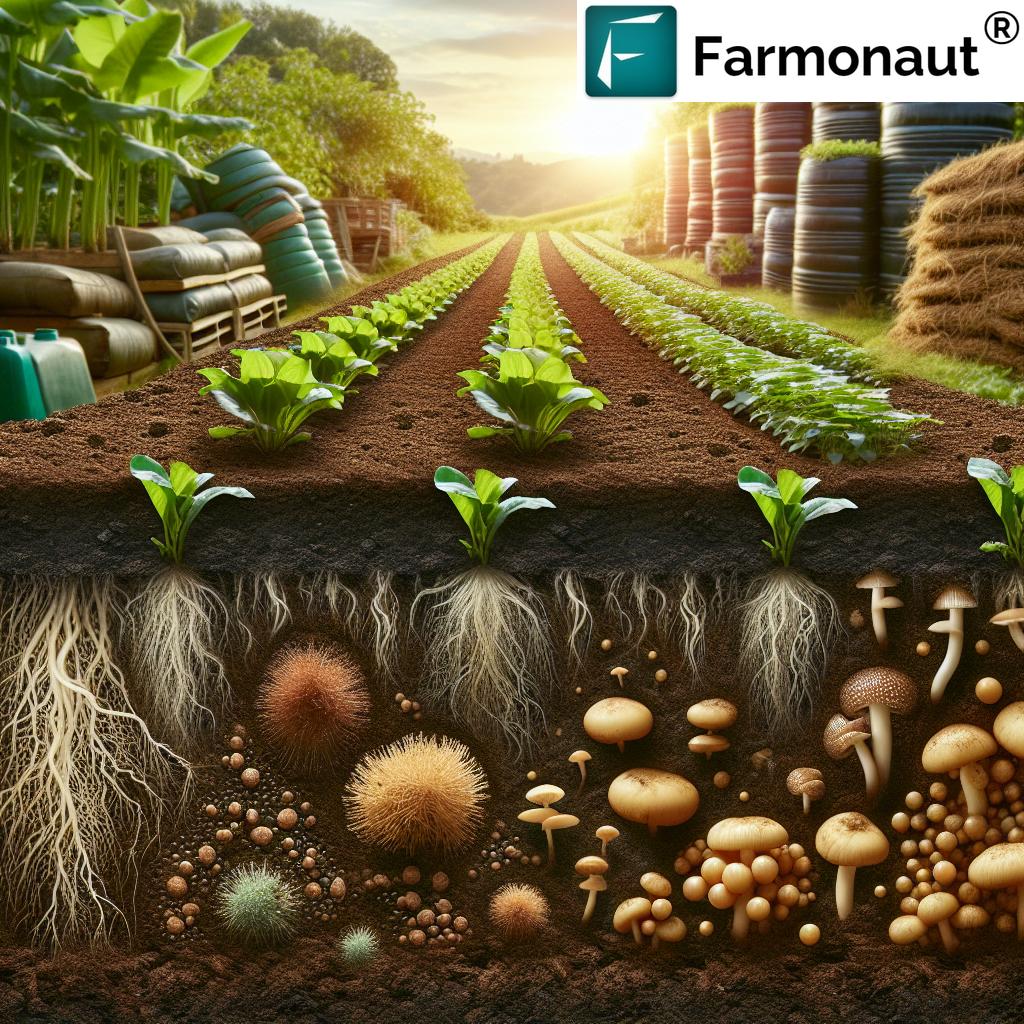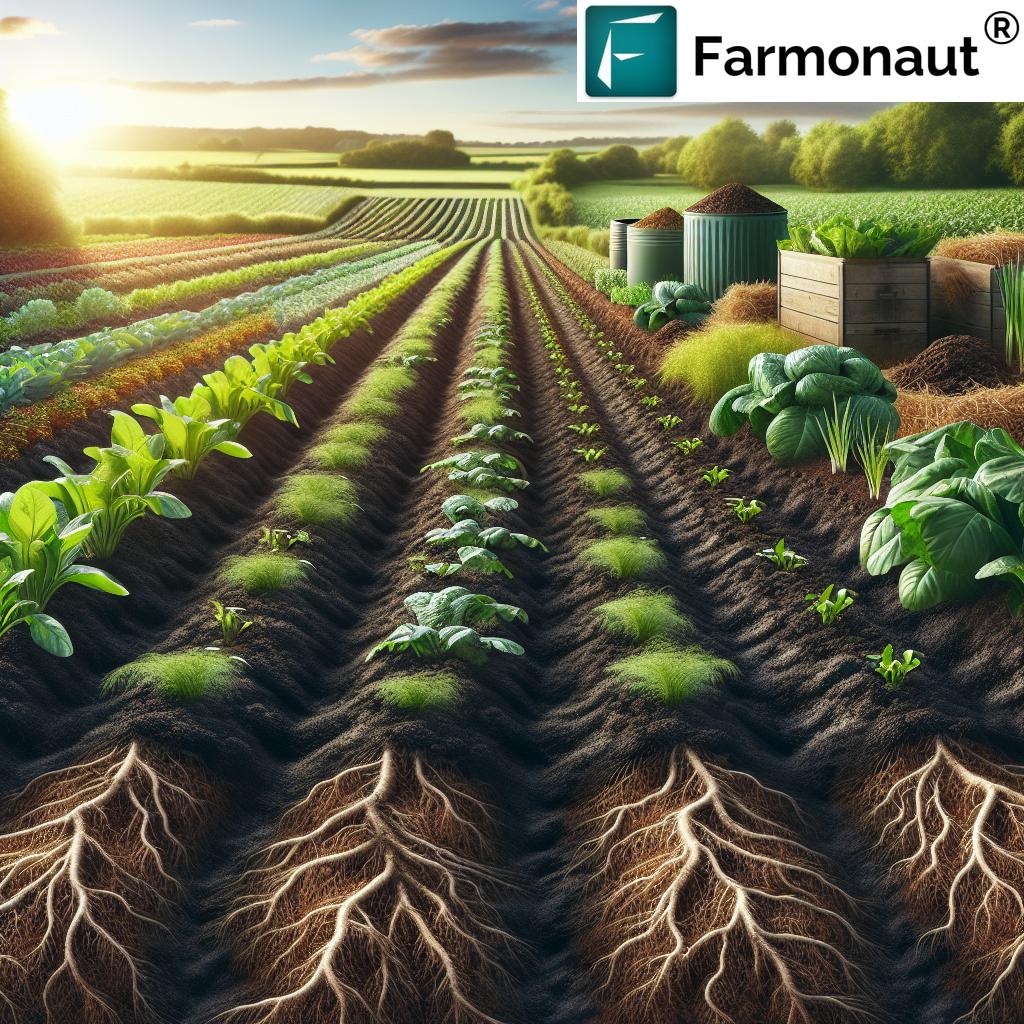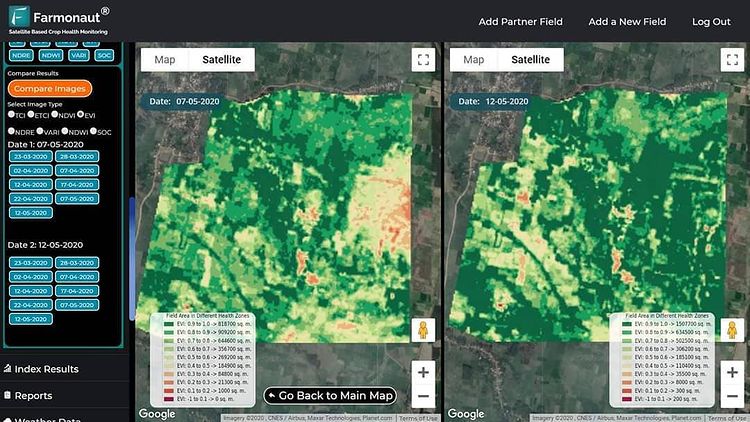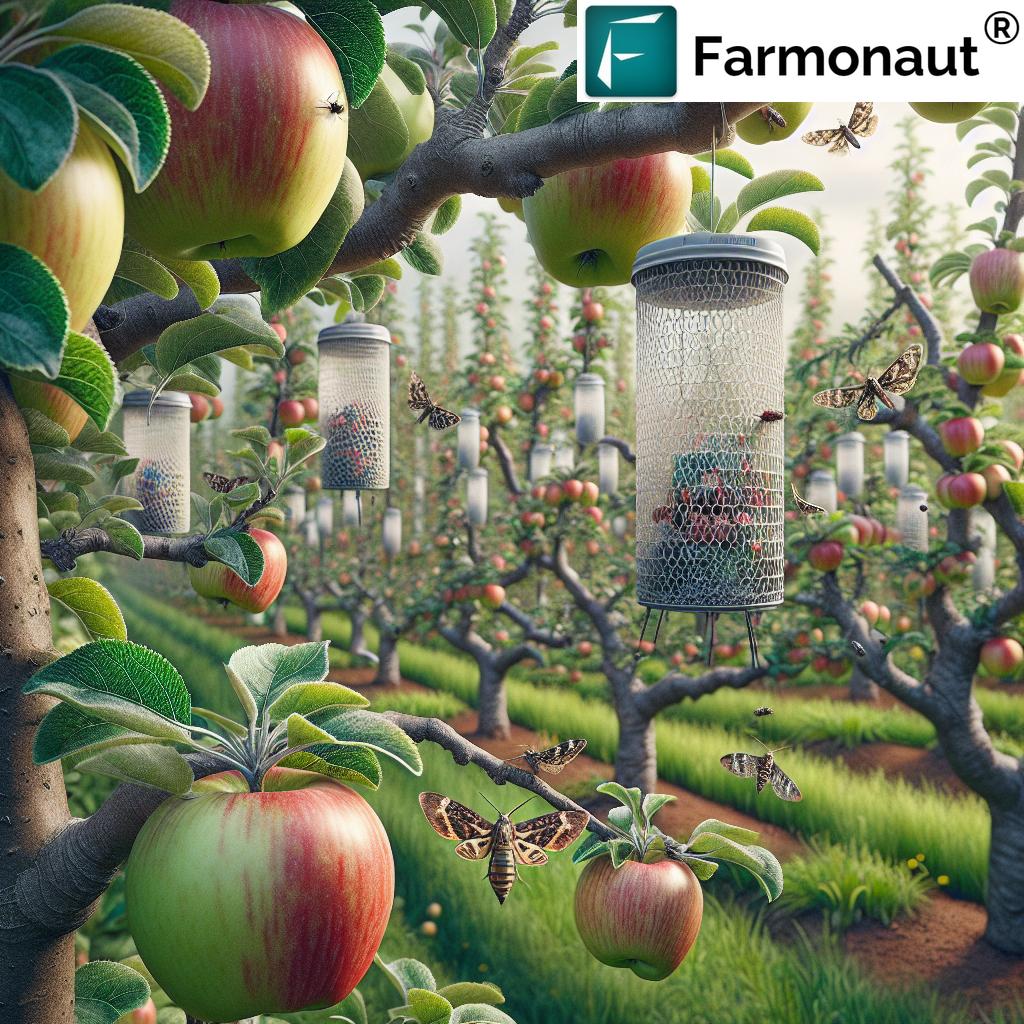Climate Smart Agriculture: 7 Shocking Secrets for Success
“Climate-smart agriculture can boost crop yields by up to 79% in drought-prone regions.”
Table of Contents
- Introduction: Why Climate Smart Agriculture Matters
- Key Principles of Climate-Smart Agriculture (CSA)
- 7 Shocking Secrets for Climate-Smart Agriculture Success
- Practices vs. Impact: The CSA Strategies Table
- Challenges and Considerations in CSA Adoption
- Global Initiatives and Support for CSA
- The Farmonaut Edge in Climate-Smart Agriculture
- Farmonaut Subscription Options
- FAQ: Climate-Smart Agriculture
- Conclusion
Introduction: Why Climate-Smart Agriculture Matters
As the world faces the dual crisis of climate change and food security, the need for innovative, sustainable agriculture practices has never been greater.
Climate-smart agriculture (CSA) stands at the forefront of this transformation, offering actionable solutions that empower us—farmers, agribusinesses, policymakers, and agricultural innovators—to build more resilient farming systems.
CSA is an integrated approach to managing agricultural landscapes, including cropland, livestock, forests, and fisheries, which purposefully addresses the interlinked challenges of productivity, resilience, and greenhouse gas emissions reduction. By focusing on efficient water management in farming, improved soil health and fertility, and flexible adaptation strategies, we are laying the foundation for a sustainable agricultural revolution.
Throughout this comprehensive guide, we will uncover seven shocking secrets that drive climate-smart agriculture success, and explore how digital innovations—like Farmonaut’s precision solutions—can accelerate adoption and impact.
“Efficient water management in climate-smart farming reduces water usage by nearly 30% annually.”
Key Principles of Climate-Smart Agriculture (CSA)
At its core, climate-smart agriculture supports three main objectives:
- Sustainably increasing agricultural productivity and incomes: By embracing sustainable intensification, we make the best use of available farmland, optimize input use, and enhance the quality and yield of crops and livestock.
- Adapting and building resilience to climate change: Through adaptation strategies for farmers, such as diversifying crops, efficient irrigation, and adopting agroforestry techniques, we help our farming systems withstand shifting weather patterns.
- Mitigation—reducing and/or removing greenhouse gas emissions: CSA practices emphasize greenhouse gas emissions reduction by promoting carbon sequestration, efficient nutrient management, and integrating renewable energy sources.
Why CSA Is Essential for Future Food Security
Agriculture is both a victim and a contributor to climate change. If we don’t adapt, the rising frequency of extreme weather events, droughts, and soil degradation could severely impact global food production. However, by implementing climate-smart agriculture strategies, we have the tools to:
- Protect and regenerate vital soil health and fertility
- Enhance water retention and reduce unnecessary usage
- Safeguard crops and livestock from unpredictable climate stressors
- Cut greenhouse gas emissions, supporting climate-positive efforts
Let’s explore the strategic secrets that are empowering farmers globally.
7 Shocking Secrets for Climate-Smart Agriculture Success
1. Sustainable Intensification: Boost More, Use Less
One of the most effective approaches in climate-smart agriculture is sustainable intensification. This strategy means increasing farm productivity from existing farmland, but with minimal environmental impacts. We achieve this by:
- Introducing improved crop varieties that are drought-tolerant or pest-resistant
- Optimizing fertilizer and input use to favor optimal soil health and fertility
- Employing precision water management, reducing water waste
For example, integrating large-scale farm management platforms like Farmonaut enables us to remotely monitor crop health with real-time satellite data and analytics. This empowers decisions that maximize yields while conserving resources.
2. Adaptation Strategies for Farmers: Weatherproofing Our Future
CSA isn’t a one-size-fits-all approach. Adaptation strategies equip us to respond proactively to local and regional climate changes:
- Diversifying crops and livestock: Growing a wide range of species reduces risks from disease, pests, and drought.
- Efficient irrigation systems: Drip irrigation or moisture-based scheduling uses less water and ensures efficient water management in farming, even in drought-prone areas.
- Agroforestry techniques: Integrating trees and shrubs buffers crops from extreme weather, enhances biodiversity, and sequesters carbon.
Adaptation is strengthened by digital advisory services—such as Farmonaut’s satellite and AI-driven Jeevn Advisory—which offer personalized weather forecasts and management strategies for resilient farming systems.
How Farmonaut’s Satellite Technology is Revolutionizing Land Use in Agriculture
3. Greenhouse Gas Emissions Reduction: The Invisible Victory
Reducing the agriculture sector’s carbon footprint is critical for climate security. Mitigation measures in CSA include:
- Efficient nutrient management in agriculture by precision application and avoiding synthetic fertilizer overuse
- Encouraging renewable energy sources within farm operations
- Adopting methods to sequester carbon in soils and vegetation, such as:
- Cover cropping
- Agroforestry
- Organic soil amendments
Digital tools, like Farmonaut’s Carbon Footprinting, provide real-time emissions data, allowing agribusinesses to monitor, report, and reduce greenhouse gas output—ensuring compliance and real-world sustainability.
4. Soil Health and Fertility: The Hidden Engine of Success
Healthy soils are the unsung heroes of sustainable agriculture practices. By optimizing soil health, we:
- Increase productivity and resilience of crops during droughts and floods
- Enhance nutrient cycling, reducing the need for synthetic fertilizers
- Support beneficial soil organisms, promoting natural disease and pest resistance
Practices such as no-till farming, crop rotation, and cover cropping dramatically reduce erosion and boost organic matter. Technologies like blockchain-based traceability further ensure transparent, sustainable sourcing by linking regenerative methods to end products.
Unlocking Soil Organic Carbon: The Secret to Sustainable Farming with Farmonaut
5. Efficient Water Management in Farming: Every Drop Counts
With climate change stressing water resources, efficient water management is imperative. We can prosper by:
- Implementing drip irrigation systems and moisture sensors to ensure water is delivered directly to plant roots
- Harvesting and storing rainwater for use during dry spells
- Adopting mulching and cover crops to improve water retention in soils
Farmonaut’s satellite-based soil moisture tracking informs irrigation scheduling for both smallholders and large farms—helping us save water, energy, and costs while growing healthier crops.
6. Integrated Pest Management: Balance Without Chemicals
Integrated pest management (IPM) is an ecosystem-based strategy that reduces dependency on synthetic pesticides by combining multiple control methods:
- Biological: Utilizing natural predators or beneficial insects to control pest populations
- Cultural: Crop rotation, intercropping, and adjusting planting dates to break pest cycles
- Chemical: Judicious, need-based use of pesticides (as a last resort), protecting beneficial organisms
By using IPM, supported by real-time field monitoring like that from Farmonaut, farmers minimize environmental impacts and maintain ecological balance—ultimately contributing to the sustainability of the food system.
Farmonaut: Cultivating Innovation in Agriculture | Year in Review 2023
7. Data-Driven Decision Making: The Precision Edge
Modern climate-smart agriculture is all about turning data into action. By integrating tech such as Farmonaut’s AI-based advisory and blockchain traceability, we access:
- Real-time crop health indices (e.g., NDVI, soil moisture)
- Adaptive irrigation and fertigation scheduling
- Fleet and resource management for maximizing operational efficiency
- Transparent product traceability for food safety and consumer trust
Fleet management solutions streamline logistics, lower carbon emissions, and cut wastage. This next-gen, integrated approach is the cornerstore of truly resilient farming systems.
Farmonaut Covered By Radix AI: Leveraging Remote Sensing and Machine Learning for a Greener Future
Discover more about Farmonaut’s advanced capabilities, including API integration for bringing satellite and weather intelligence into your own systems, and check out the API developer documentation for implementation guidance.
Practices vs. Impact: The CSA Strategies Table
To help compare the environmental and practical benefits of key climate-smart agriculture practices, here’s a detailed summary:
| Practice Name | Brief Description | Est. Soil Health Improvement (%) | Est. Water Use Efficiency Gain (%) | Est. GHG Emission Reduction (%) | Overall Sustainability Impact |
|---|---|---|---|---|---|
| Conservation Tillage | Minimal soil disturbance; includes no-till and reduced tillage | 18–35 | 10–25 | 20–40 | High |
| Crop Rotation | Alternating crops year-to-year to disrupt pest and disease cycles | 20–30 | 8–15 | 10–20 | Medium |
| Cover Cropping | Planting non-cash crops to improve soil, reduce erosion | 25–45 | 15–25 | 20–35 | High |
| Efficient Irrigation | Drip or sensor-based systems to optimize water deliveries | 10–22 | 25–40 | 10–22 | High |
| Agroforestry | Integrating trees/shrubs with crops/livestock | 15–28 | 10–18 | 35–50 | High |
| Integrated Nutrient Management | Balancing organic/manure inputs & synthetic fertilizers | 22–38 | 12–17 | 19–28 | Medium |
| Precision Farming | Data-driven input optimization and monitoring | 28–40 | 15–32 | 25–44 | High |
Smart CSA adoption blends several of these practices, customized to the farm’s environment and scale for maximum impact—and Farmonaut’s tools are specifically designed to ease and accelerate this integration.
Challenges and Considerations in CSA Adoption
The shift toward climate-smart agriculture brings immense promise, but adoption can be hindered by a range of challenges:
- Economic constraints: Some climate-smart agriculture practices require upfront investment in new equipment, crop varieties, or training. Financial support, subsidies, and affordable technology platforms (like Farmonaut’s subscription-based model) help reduce these barriers.
- Knowledge gaps: Not all farmers are aware of the most suitable CSA techniques for their contexts. Robust extension services, mobile apps, and AI-based advisory systems bridge this divide.
- Need for policy support: Governments, NGOs, and international organizations must promote adoption through enabling regulations, technical assistance, and accessible financial schemes.
Moreover, specific tools such as satellite-based verification for crop insurance and loans improve access to capital, especially for smallholder farmers.
Global Initiatives and Support for CSA
On the global stage, strategic programs are fostering climate-smart agriculture innovation and implementation:
- FAO’s Role: The Food and Agriculture Organization (FAO) advances CSA via research, policy development, and global knowledge-sharing networks—accelerating green, resilient agri-food transformations.
- AIM for Climate Initiative: Led by the United States and United Arab Emirates, this ambitious program focuses on research and innovation in climate-smart farming, with over $29.2 billion committed to nearly 130 agri-development projects as of late 2024 (Reuters report).
Farmonaut’s scalable, affordable digital solutions give us the power to participate in these global sustainability and traceability efforts, regardless of farm size or location.
The Farmonaut Edge in Climate-Smart Agriculture
As we strive for resilient, sustainable food systems, digital transformation is no longer optional—it’s essential. Here’s how Farmonaut’s innovations are driving climate-smart agriculture:
- Satellite imagery and AI-powered analytics: Measure crop and soil variables for real-time, actionable insights—optimized irrigation, nutrition, and pest management save costs and resources.
- Blockchain product traceability: Ensures transparency and builds supply chain trust for sustainable food and fiber markets.
- Resource and fleet management: Coordinate machinery, reduce fuel use, and streamline field operations via digital fleet management.
- Carbon footprint tracking: Set and measure clear goals for greenhouse gas emissions reduction—required for meeting regulatory and consumer-driven sustainability targets.
- Flexible accessibility: All features are available via Android, iOS, web, browser app, and API, ensuring every farmer or agribusiness can participate in digital transformation regardless of resources or geography.
- Financing and insurance facilitation: Satellite-based verification through Farmonaut speeds crop loans and insurance, reducing risk and supporting investment in CSA adoption.
Together, these tools lower the cost barrier for precision agriculture and climate action, supporting a new era of low-emission, data-driven, resilient farming systems worldwide.
Farmonaut Subscription Options
Ready to start your climate-smart agriculture journey or scale your operation? Farmonaut offers flexible, affordable subscriptions suited for all—from individual farms to governments and NGOs.
Subscribe directly or review the packages below:
Visit the Farmonaut web app or download our Android and iOS apps above to get started quickly!
FAQ: Climate-Smart Agriculture
- What is climate-smart agriculture (CSA)?
- CSA is an integrated approach to managing farmland, livestock, forests, and fisheries that aims to sustainably increase productivity, adapt to climate change, and reduce greenhouse gas emissions.
- How does CSA improve soil health and fertility?
- By minimizing tillage, using cover crops, integrating organic fertilizers, and rotating crops, CSA practices boost soil structure, retain moisture, and foster nutrient cycling.
- What role does technology play in climate-smart agriculture?
- Advanced tools (like Farmonaut) provide real-time, data-driven insights for optimal resource use, crop monitoring, and traceability—empowering better decisions at every step.
- Can CSA help reduce water usage in agriculture?
- Yes. Efficient systems—such as drip irrigation and soil moisture tracking—can cut water waste by up to 30%, especially critical in drought-prone areas.
- Is CSA only suitable for large-scale farms?
- No—precision agriculture tools, mobile apps, and accessible subscriptions open CSA benefits to smallholders, cooperatives, agribusinesses, and even governmental bodies.
- Where can I learn more about Farmonaut’s role in supporting CSA?
- Visit the Farmonaut web app or review our API documentation.
Conclusion: Securing Agricultural Resilience—Our Collective Future
The path to food security and climate resilience is clear—we must accelerate the transition to climate-smart agriculture. By implementing these seven secrets, we increase productivity, safeguard natural resources, and reduce emissions—no matter the size or location of our farming operations.
Partnering with innovative digital solutions like Farmonaut, we strengthen our capacity for precision agriculture, unlock the power of data-driven insight, and drive transformational change. It’s not just about surviving the climate crisis; it’s about thriving in it—building a sustainable agricultural legacy for generations to come.
Ready for the transformation? Access Farmonaut now via web app, Android, or iOS and start your climate-smart journey!





